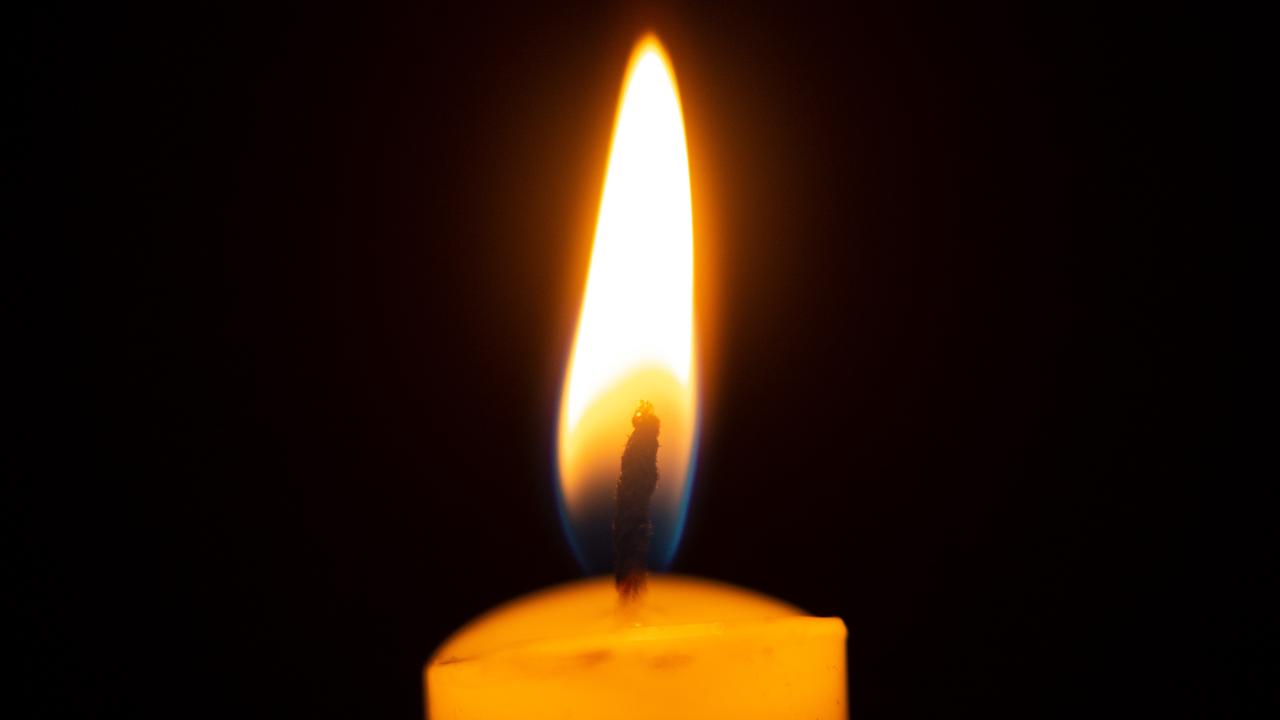Voices from Anzac Cove - treasures from two Australian soldiers who both saw action in the trenches at Gallipoli
AN old biscuit tin and a plastic box have been harbouring treasures from two Australian soldiers who both saw action in the trenches at Gallipoli almost 100 years ago. 100 Years of Untold Stories
ANZAC Centenary
Don't miss out on the headlines from ANZAC Centenary. Followed categories will be added to My News.
As a little girl, Kate Taylor had heard the odd story about grandfather Will. Her mother, Barbara, had spoken of a strict, but fair man, who brokered no mischief from his children, but was adored by all seven.
She knew he was a winemaker, that he’d fought and been wounded at Gallipoli and died well before she was born.
After the death of her mother last July, Kate, 41, began the task of sorting through her mother’s effects and stumbled across some unexpected treasures.
They couldn’t have had a more prosaic home – in the back of the cupboard, inside a garden-variety plastic box, in a manila folder.
Laid flat, but otherwise with little care, was the war correspondence of her grandfather, Lieutenant Frederick William Banff.

Browned by age and with torn and frayed edges were a standard-issue, field service postcard, a letter from the boat steaming to Gallipoli, two letters from the trenches and one from a hospital bed in Alexandria, Egypt. They span from April 6 to July 12 – Lt Banff’s war was a short, but eventful one.
“I was absolutely stunned,” recalls Kate, from Hamilton on Brisbane’s northside.
GALLERY: The pictures that bring to life 100 Years of Untold Stories
Read more ANZAC stories - 100 Years of Untold Stories

“I called a friend who is ex-army who came and read them and said they were incredible. I realised they’re a family treasure, but also a piece of Australian history. My day of sorting stopped, as I read them and tried to comprehend what they meant.”
The documents provided a picture of her grandfather’s war and a brief glimpse into his soul. The early letter from April 30 on the ship to an unknown destination is deliberately benign.
“I am unable to give any information as to our whereabouts ... we do not know were (sic) we are going to, but might be able to write more later,” Lt Banff wrote.

In two further letters, May 24 and one undated, he tells of shrapnel falling into their position and of night-time rifle fire, written “sitting in a hole just like a rabbit in its burrow”.
The letter of May 24 is also written in the trenches of Gallipoli, shortly before a run for the trenches when he will be “right in the thick of it” and as Allied losses began to mount.
“Our infantry got cut badly, several of the IPs.- (Ipswich) boys are killed.”
The early letters are in cursive handwriting, steady and elegant. His final letter is not.
On June 26, Lt Banff suffered a shrapnel wound in his left shoulder and was sent to a hospital ship at Gallipoli and two weeks later to the 21st General Hospital in Alexandria.
His July 12 letter from hospital is stumbling and spidery, almost illegible, but he manages to detail the attack that took him there.
“A piece of shell struck me just at the back of my left armpit and came out on top of my shoulder leaving a gash fully two inches long.”

Lt Banff’s war records record him as a big man at 6ft 3in, 16st with a 39in chest (190.5cm, 101kg and 99cm).
He was listed as a “grazier” from Coominya, in the Lockyer Valley, but actually ran Clinton Vineyards which Kate believes was one of Queensland’s largest at the time. He enlisted with the 5th Light Horse Regiment on February 16, 1915, and was commissioned exactly one month later aged 32.
He departed for Egypt on April 8, 1915, and departed Suez for Australia on August 15, 1915. His war lasted just six months, two of them in hospitals. As part of a campaign which claimed almost 11,000 Australian and New Zealand lives, Lt Banff was one of the lucky ones.
Lt Banff tried to enlist for World War II, but at 56 was too old. He died of cancer in 1941, aged 58.
GALLERY: The pictures that bring to life 100 Years of Untold Stories
Read more ANZAC stories - 100 Years of Untold Stories
====================================

Keith Hurst reckons he was about 12 when his grandmother, Ellen, gave them to him. Not yet a man, but old enough to know what they were. And what they meant.
Laid flat inside a scarred Wisteria Butterscotch tin, they were the emu feathers worn by his Uncle Willie in World War I.
Uncle Willie was Gunner William Macleod Hurst, who didn’t have the privilege of wearing the feathers for long.
Willie was killed on August 6, 1915, the first day of the calamitous Battle of Lone Pine that claimed almost half of the 4600 Australian troops engaged. It was also the stage for seven Australian Victoria Crosses.

About 60 years later came another treasure honouring the memory of Uncle Willie.
It was a photo passed from his grandmother, to one aunt, to another aunt who 15 years ago gifted it to Keith – the only one in the family to carry the Hurst name.
The photo is haunting – crouched in a trench at ill-fated Lone Pine, is the 20-year-old Willie, probably only hours before his death.
Keith, 87, had the picture framed in silky oak, and has it hanging on a wall facing the front door.
It is one of the first things you see entering his house in Morningside in Brisbane’s southeast.
Willie’s family, from East Brisbane, learned of their eldest son’s death one month after the fact, and by early 1916, his parents had still received no death certificate enabling them to deal with his affairs.

In a letter to the Secretary for Defence on January 31, 1916, six months after his son’s death, Willie’s father kindly requests a death certificate so that the family may deal with their son’s “bicycle and other property at home, also an account in the Savings Bank”.
He also requests his personal effects, which included the prized emu feathers. The family has never been able to ascertain how Willie died, his field service record stating simply, “killed in action”.
Keith never knew his uncle. He was born in 1927 – 12 years after Willie’s death.
But, a World War II serviceman who served in Japan, Keith always held a special place in his heart for Uncle Willie and for years coveted the idea of attending an Anzac Day commemoration at Gallipoli.
In 2012, Keith aged 85, finally made the pilgrimage with daughter Lyn.
They visited Willie’s gravestone in the cemetery at Shell Green, “about 1150 yards south of Anzac Cove”, and paid homage to the uncle and great-uncle they never knew.
Keith had written a poem for the occasion, framed and inlaid with poppies, which he set by the gravestone along with poppies from all family members ... and shed a tear.
Keith had lost his only son Ross, 51, from cancer only a year earlier, and no doubt spared a thought for his grandparents who not only lost Willie at 20, but another son in a motor accident at 21.
“I tried to read the poem, but I couldn’t get the words out.”
The Gallipoli visit, he says, was one of the finest things he’s ever done.
GALLERY: The pictures that bring to life 100 Years of Untold Stories
Read more ANZAC stories - 100 Years of Untold Stories
GALLERY: The pictures that bring to life 100 Years of Untold Stories


